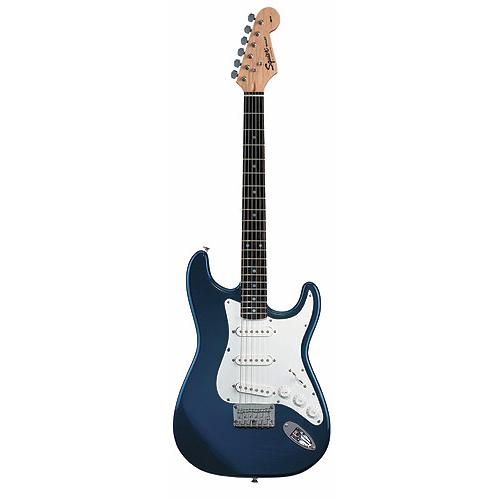Homepage |
Contact Page |
Biography |
Forms |
Career |


Website Links: |
|---|
The guitar is an ancient and noble instrument, whose history can be traced back over 4000 years.It has often been claimed that the guitar is a development of the lute, or even of the ancient Greek kithara. Dr. Michael Kasha in the 1960's showed these claims to be without merit.The lute is a result of a separate line of development, sharing common ancestors with the guitar, but having had no influence on its evolution. However - the guitar's immediate forefathers were a major influence on the development of the fretted lute from the fretless oud which the Moors brought with them to to Spain. |
|---|
Historical Guitars |
|---|
| Bowl Harp (Tanbur) | Tanbur | Lute | Chartar (Tar) | Guitarra | ||||||
|---|---|---|---|---|---|---|---|---|---|---|
|
|
|
|
| ||||||
| One of the Earliest stringed instruments Known to archaeologists. Ancient Sumerian, Babylonian, and Egyptian civilizations. |
The oldest preserved guitar-like instrument. At 3500 years old, this is the ultimate vintage guitar! It belonged to the Egyptian singer Har-Mose. |
Originally made in the Arabian countries, the Oud was brought to Spain by the Moors. The Europeans added frets to the Oud and renamed it the Lute(Arabic for"The Wood"). |
Originally made in Persia (Iran), the Chartar was a four-stringed instrument, also arriving in Spain, where it underwent changes in form and construction and became known as the Quitarra or Chitarra. |
One of the earliest five-course (10-Stringed) guitars, known as the Guitarra appeared in Italy around the 16th century. Tuning had settled at A, D, G, B, and E, like the top five strings of a modern guitar. |
What is a Guitar, Anyway? |
|---|
Dr. Kasha defines a guitar as having "a long, fretted neck, flat wooden soundboard, ribs, and a flat back, most often with incurved sides" . The oldest known iconographical representation of an instrument displaying all the essential features of a guitar is a stone carving at Alaca Huyuk in Turkey, of a 3300 year old Hittite "guitar" with "a long fretted neck, flat top, probably flat back, and with strikingly incurved sides". |
|---|
Becoming More Modern |
|---|
| 5-Course Guitar | 19th Century 6-stringed Chitarra | 1832 6-String Guitar | 1859 6-String Guuitar | Modern Acoustic Guitar | ||||||
|---|---|---|---|---|---|---|---|---|---|---|
|
|
|
|
| ||||||
| This 5-Course 10-Stringed guitar was made by Antonio Straivarius in 1680. It shows the migration into a longer neck with 10-12 frets and some into the body of the guitar |
Joakim Thielke altered his 5-course guitar by plugging four of the 10 holes, thus making his Chitarra into what more commonly resemble a modern six string guitar. |
George Louis Panormo created a more modern look to the guitar by lengthening the neck and strengthening the top bracing in 1832 |
The modern "classical" guitar took its present form when the Spanish maker Antonio Torres increased the size of the body, altered its proportions, and introduced the revolutionary "fan" top bracing. |
This is a representation of the modern acoustic guitar in it's present form today. The guitar has come a long way in development since the days of its ancestors. |
The Electric Guitar |
|---|
The electric guitar was born when pickups were added to Hawaiian and "jazz" guitars in the late 1920's, but met with little success before 1936, when Gibson introduced the ES150 model, which Charlie Christian made famous. With the advent of amplification it became possible to do away with the soundbox altogether. Controversy still exists as to whether Les Paul, Leo Fender, Paul Bigsby or O.W. Appleton constructed the very first solid-body guitar. Be that as it may, the solid-body electric guitar was here to stay. |
|---|
| Gibson L-5 Electric 1929 | Rickenbacker Electro 1931 | Rickenbacker Electro Spanish 1936 | Gibson ES-150 1937 | Les Paul Log 1940 | |||||
|---|---|---|---|---|---|---|---|---|---|
|
|
|
|
| |||||
| Epiphone Emperor Electric 1948 | Fender Stratocaster 1954 | Fender Mary Kaye Stratocaster 1959 | Gibson Les Paul Sunburst 1959 | Gibson Flying V 1959 | |||||
|---|---|---|---|---|---|---|---|---|---|
|
|
|
|
|
Amplifiers & Effects Pedals |
|---|
The very first guitar amplifiers made their maiden appearance in the 1930s. Initially, guitar amplifiers were used in acoustic guitars. In the 1930s and 1940s however, Hawaiian music gained popularity, and these made use of amplified lap steel Hawaiian guitars extensively. Electronic amps for guitars thus became widely popular. The earliest guitar amplifiers made use of simple tone controls which provided controled treble boost. However, the overall quality of treble and bass response was very poor because of the kind of loudspeakers used, and the controls. The amplifier themselves were very low on power with typical wattage being 15 watts or lesser before the mid 1950s. In the 60s, pioneering guitarists began to experiment with distortion effects that were produced by purposely overdriving or overloading the amplifiers. As guitar amps began to evolve, manufacturers introduced integrated pre amplifier distortion controls. These days distortion effects are an important part of various forms of guitar playing. |
|---|
| Boss SD-2 Dual Overdrive Pedal | Kustom Amplifier | Marshall 50-DFX Amplifier | Peavey Studio Pro Amplifier | BOSS DS-1 Distortion Pedal | |||||
|---|---|---|---|---|---|---|---|---|---|
|
|
|
|
|